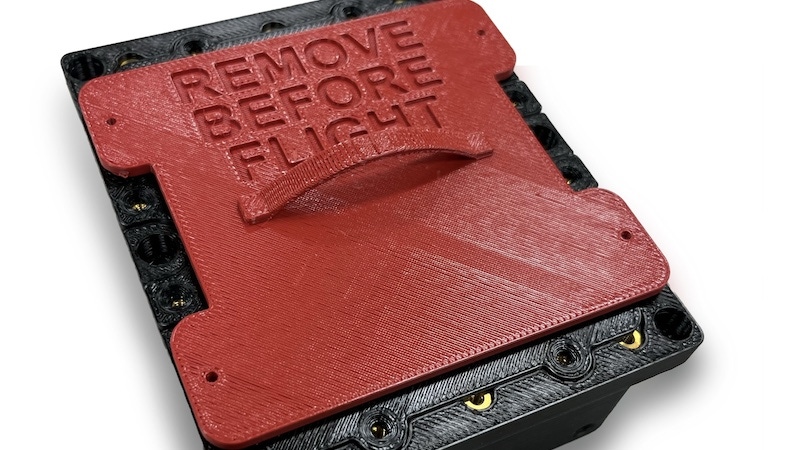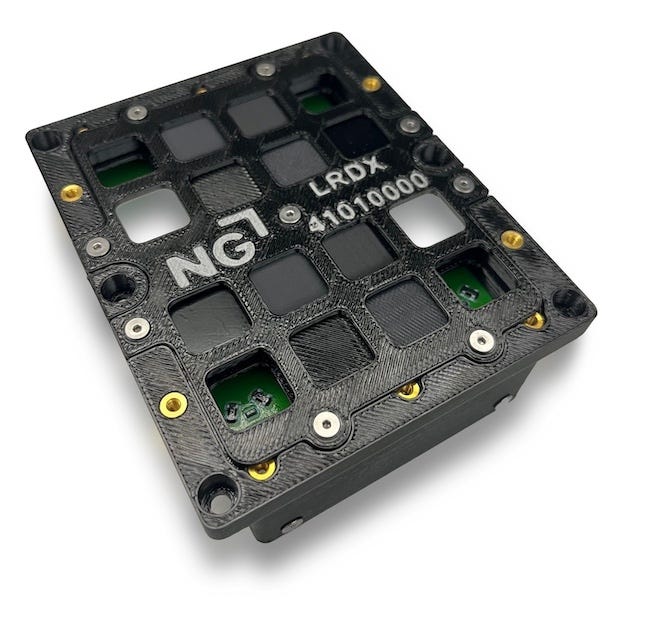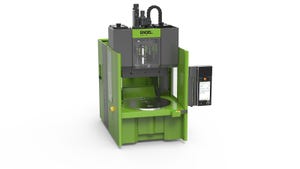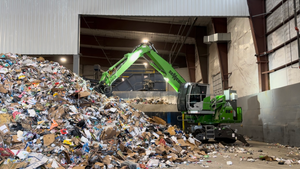Stratasys’ Moonshot Tests Performance of 3D-printed Materials in Space
The unmanned lander will deliver the material samples to the lunar surface in a 3D-printed carrier.
April 4, 2024

Opportunities exist for microgravity experimentation in space, but at least one company is stealing a lead. 3D-printing technology company Stratasys is providing materials for an upcoming lunar mission to test their performance on the surface of the moon. The experiments are part of Aegis Aerospace Inc.’s first Space Science & Technology Evaluation Facility mission (SSTEF-1).
SSTEF is a commercial space testing service developed by Aegis Aerospace in Houston, TX, under NASA’s Tipping Point program to provide R&D services on the lunar surface. The SSTEF-1 project focuses on technology development for space infrastructure and capabilities for the moon and near-Earth space. The Stratasys experiments are sponsored by Northrop Grumman Corp.
Unmanned special delivery
In this moon mission, Stratasys will provide 3D-printed samples that will be brought to the lunar surface by an unmanned lander in a 3D-printed carrier structure from Stratasys. The carrier is made from Ultem 9085 thermoplastic, which is also commonly used in commercial aircraft interiors. Three materials will be the focus of two different experiments led by Northrop Grumman.

Housing contains radiation shielding test samples, including FDM Antero 800NA tungsten-filled material (dark gray) and SL Somos PerFORM material (white). Image courtesy of Business Wire.
The first experiment will assess the performance of a sample coupon part made with Stratasys’ Antero 800NA FDM filament filled with tungsten. Antero 800NA is a high-performance thermoplastic based on polyetherketoneketone (PEKK) with excellent mechanical properties, chemical resistance, and low outgassing characteristics. Tungsten is added to provide shielding against harmful radiation such as gamma rays or x-rays.
High-heat environment testing
The second passive experiment is designed to see how 3D-printed materials perform in space. It will include Antero 840CN03 FDM filament, which features ESD properties for use with electronics and was used on the Orion spacecraft.
The experiment will also include a new ESD photopolymer manufactured by Stratasys’ partner Henkel for use with the Stratasys Origin One 3D printers and designed for high-heat environments. This experiment will subject coupon samples of the 3D-printed materials to moon dust, low pressure that can lead to outgassing, and the rapid temperature swings that result from virtually no atmosphere on the moon.
“Additive manufacturing is an important technology for space missions where every ounce of weight matters and high performance is essential,” said Chief Industrial Business Officer Rich Garrity. “This set of experiments will help us understand how to fully leverage 3D printing to keep people and equipment safe as we travel to the moon and beyond.”
About the Author(s)
You May Also Like




